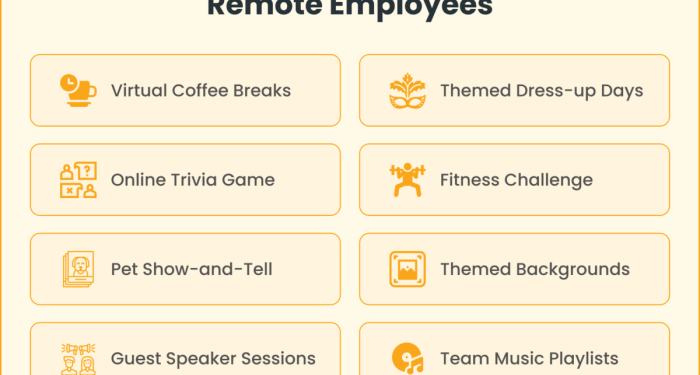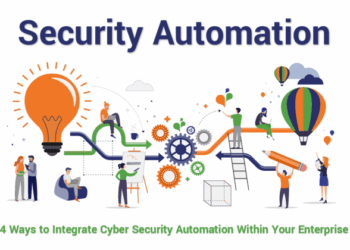In the fast-paced landscape of modern work environments, the need for top-notch remote employee engagement software has never been more crucial. This guide dives deep into the realm of effective software solutions that enhance communication, foster collaboration, and drive productivity for remote teams.
Exploring the key features, essential factors to consider, and implementation strategies, this comprehensive overview equips organizations with the knowledge needed to make informed decisions in choosing the best remote employee engagement software.
Introduction to Remote Employee Engagement Software
Remote employee engagement software plays a crucial role in today's work environment, especially with the rise of remote work setups. This software is designed to help companies keep their remote teams connected, motivated, and productive despite physical distance. By utilizing various features such as communication tools, collaboration platforms, and performance tracking systems, remote employee engagement software enhances teamwork and ensures that remote employees feel connected to their colleagues and the company as a whole.
Benefits of Remote Employee Engagement Software
- Improved Communication: Remote employee engagement software facilitates seamless communication through chat, video conferencing, and file sharing, eliminating barriers caused by physical distance.
- Enhanced Collaboration: These tools enable remote teams to work together on projects in real-time, fostering teamwork and creativity.
- Increased Productivity: By providing structure and organization to remote work processes, this software helps employees stay focused and motivated, leading to higher productivity levels.
Popular Remote Employee Engagement Software
| Software | Key Features |
|---|---|
| Slack | Instant messaging, file sharing, channel organization |
| Microsoft Teams | Video conferencing, document collaboration, task management |
| Trello | Task boards, project management, team collaboration |
Key Features to Look for in Remote Employee Engagement Software
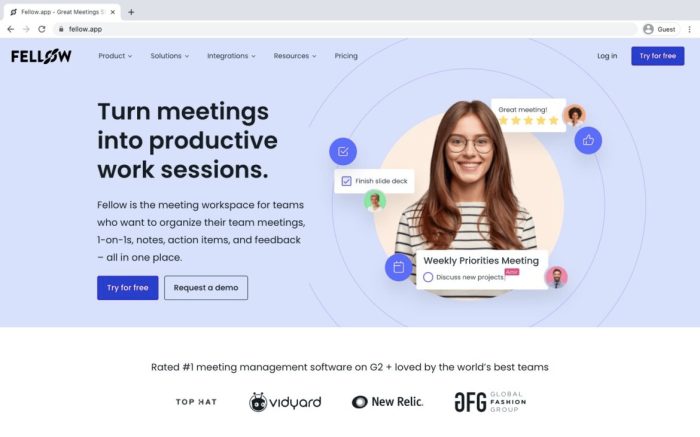
When choosing remote employee engagement software, it is important to consider the key features that can help foster a sense of connection and engagement among remote employees. Here are some essential features to look for:
Video Conferencing
Video conferencing allows remote employees to have face-to-face interactions, facilitating better communication and collaboration. It helps in building relationships and creating a more engaging work environment. Popular software options with robust video conferencing capabilities include Zoom, Microsoft Teams, and Google Meet.
Team Messaging
Team messaging tools enable real-time communication among remote team members, promoting quick exchanges of ideas, updates, and feedback. Platforms like Slack, Microsoft Teams, and Skype offer features such as group chats, file sharing, and integration with other productivity tools.
Task Management
Effective task management features help remote employees stay organized, track progress on projects, and meet deadlines. Software like Asana, Trello, and Monday.com offer features such as task assignment, due dates, and progress tracking to enhance productivity and engagement.
Analytics
Analytics tools provide insights into employee engagement, productivity, and performance, allowing managers to identify trends, areas for improvement, and successful strategies. Software options like Microsoft Workplace Analytics, TINYpulse, and Culture Amp offer data-driven insights to help optimize remote employee engagement strategies.
Factors to Consider When Choosing Remote Employee Engagement Software
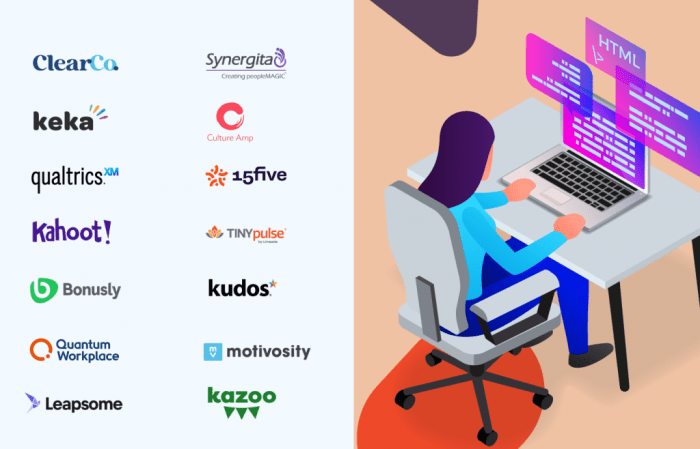
When selecting remote employee engagement software, various factors play a crucial role in determining its effectiveness. Factors such as scalability, user-friendliness, integration capabilities, security, and pricing need to be carefully considered to ensure that the chosen software meets the organization's needs and engages remote employees effectively.
Scalability
Scalability is a critical factor to consider when choosing remote employee engagement software. The software should be able to grow and adapt as the organization expands or the number of remote employees increases. Scalability ensures that the software can accommodate changing needs and requirements over time, making it a valuable long-term investment for the organization.
User-Friendliness
User-friendliness is another important factor to consider. Remote employee engagement software should be intuitive and easy to use, even for employees who may not be tech-savvy. A user-friendly interface can increase adoption rates and ensure that employees can effectively engage with the software to stay connected and productive.
Integration Capabilities
The ability of the software to integrate with other tools and systems used within the organization is crucial. Seamless integration allows for data sharing and communication between different platforms, enhancing efficiency and productivity. Remote employee engagement software that integrates well with existing systems can streamline workflows and improve collaboration among remote teams.
Security
Security is a paramount concern when choosing remote employee engagement software. The software should have robust security measures in place to protect sensitive employee data and ensure secure communication channels. Strong encryption, multi-factor authentication, and regular security updates are essential features to look for in software to safeguard against potential cyber threats and data breaches.
Pricing
While cost is always a consideration, it is essential to look beyond the initial price tag when choosing remote employee engagement software. Evaluate the pricing structure, including any additional fees for support, training, or upgrades, to determine the total cost of ownership.
Investing in software that offers value for money and aligns with the organization's budget constraints is key to making a sound decision.
Implementation Strategies for Remote Employee Engagement Software
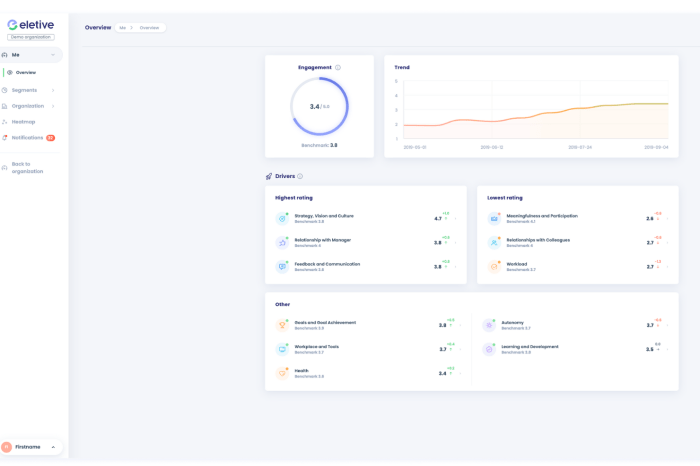
Introducing remote employee engagement software to a team requires careful planning and execution to ensure successful adoption and maximum engagement. Below are some best practices and steps to consider:
Suggest best practices for introducing remote employee engagement software to a team
- Start with clear communication: Explain the purpose and benefits of the software to employees to build understanding and enthusiasm.
- Provide training and support: Offer comprehensive training sessions and resources to help employees navigate the software effectively.
- Encourage feedback: Create a feedback loop where employees can share their thoughts and suggestions for improvement.
Detail steps for training employees on how to use the software effectively
- Offer interactive training sessions: Conduct hands-on workshops or webinars to demonstrate how to use the software in real-time.
- Provide user guides and tutorials: Develop easy-to-follow guides and tutorials that employees can refer to for self-learning.
- Assign mentors or champions: Designate experienced users as mentors to provide ongoing support and guidance to new users.
Share tips on how to encourage adoption and maximize engagement through the software
- Lead by example: Encourage leaders and managers to actively use the software and showcase its benefits to inspire others.
- Recognize and reward participation: Acknowledge and reward employees who actively engage with the software to incentivize usage.
- Promote collaboration and communication: Use the software as a platform for team collaboration and open communication to foster engagement.
Closing Summary
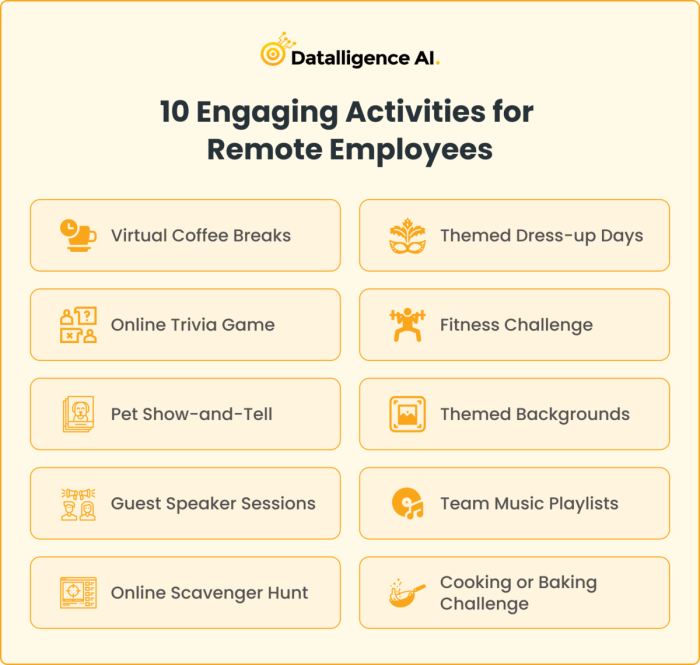
In conclusion, investing in the right remote employee engagement software can revolutionize the way teams work together, bridging gaps across distances and ensuring a cohesive and engaged workforce. By prioritizing features, factors, and strategies Artikeld in this guide, organizations can pave the way for a more connected and productive remote work environment.
FAQ Corner
What makes remote employee engagement software essential?
Remote employee engagement software plays a vital role in enhancing communication, collaboration, and productivity for teams working remotely, ensuring seamless workflow and connectivity.
How do key features contribute to remote employee engagement?
Features like video conferencing, team messaging, task management, and analytics help in fostering a sense of connection and engagement among remote employees, improving overall team dynamics.
What factors should be considered when choosing remote employee engagement software?
Factors like scalability, user-friendliness, integration capabilities, security, and pricing are crucial considerations that impact the effectiveness of the software in engaging remote employees and should be carefully evaluated.
